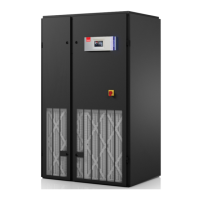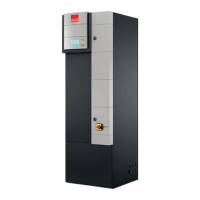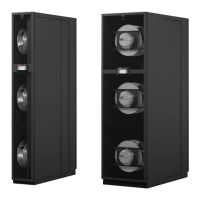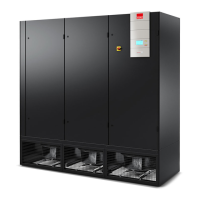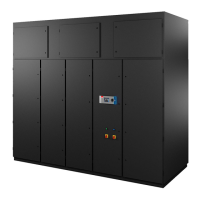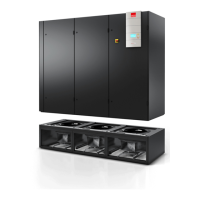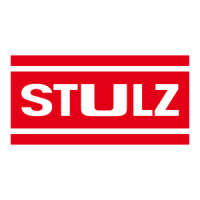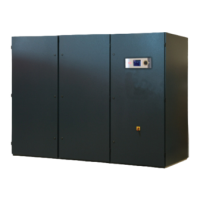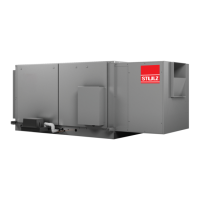What to do if the Stulz Air Conditioner compressor fails to start?
- GGregory RichardsonAug 14, 2025
If the compressor fails to start, there could be several reasons. The temperature setpoint might be too high, so adjust it to the desired level. The compressor's internal overload protector could be open, in which case you should check the compressor for a short circuit or ground. A complete loss of refrigerant charge could trigger the low-pressure safety switch, requiring you to locate and repair any leaks and then recharge the system. Alternatively, high condenser pressure might activate the high-pressure safety switch, so inspect the condenser for obstructions. Finally, the compressor might be waiting for its minimum off time to expire.
